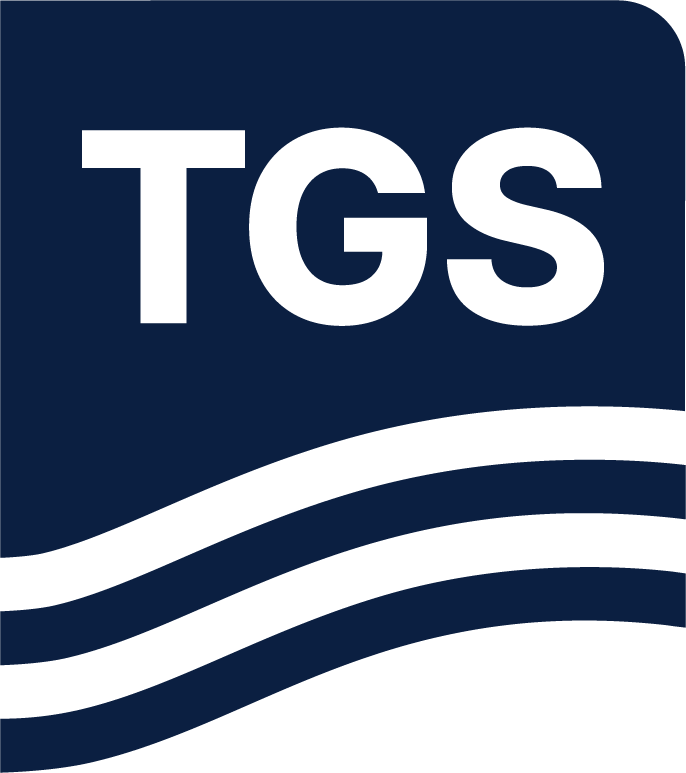Paper Summary
A multiparameter inversion workflow that simultaneously estimates velocity and reflectivity was
applied to ocean bottom node (OBN) dataset from the deep waters of the Santos basin, offshore Brazil. The survey encompasses a relatively thin post-salt section with a thick salt layer which includes layered evaporates, sat above producing pre-salt reservoirs. The complexity of the varied salt structures creates imaging challenges at the pre-salt interval, notably variations in illumination and loss of resolution (blurring). Reliable imaging in this setting requires a combination of long-offset, full azimuth acquisition, accurate velocity estimation and least-squares migration.
This application of multiparameter inversion is one of the first test-cases in Brazil, working with minimally processed hydrophone data. The results illustrate the potential of this technology to provide accurate imaging and reliable amplitude information in the region. By combining velocity and reflectivity estimation, this workflow can contribute to a deeper understanding of subsurface properties aiding decision-making in exploration and reservoir management.

